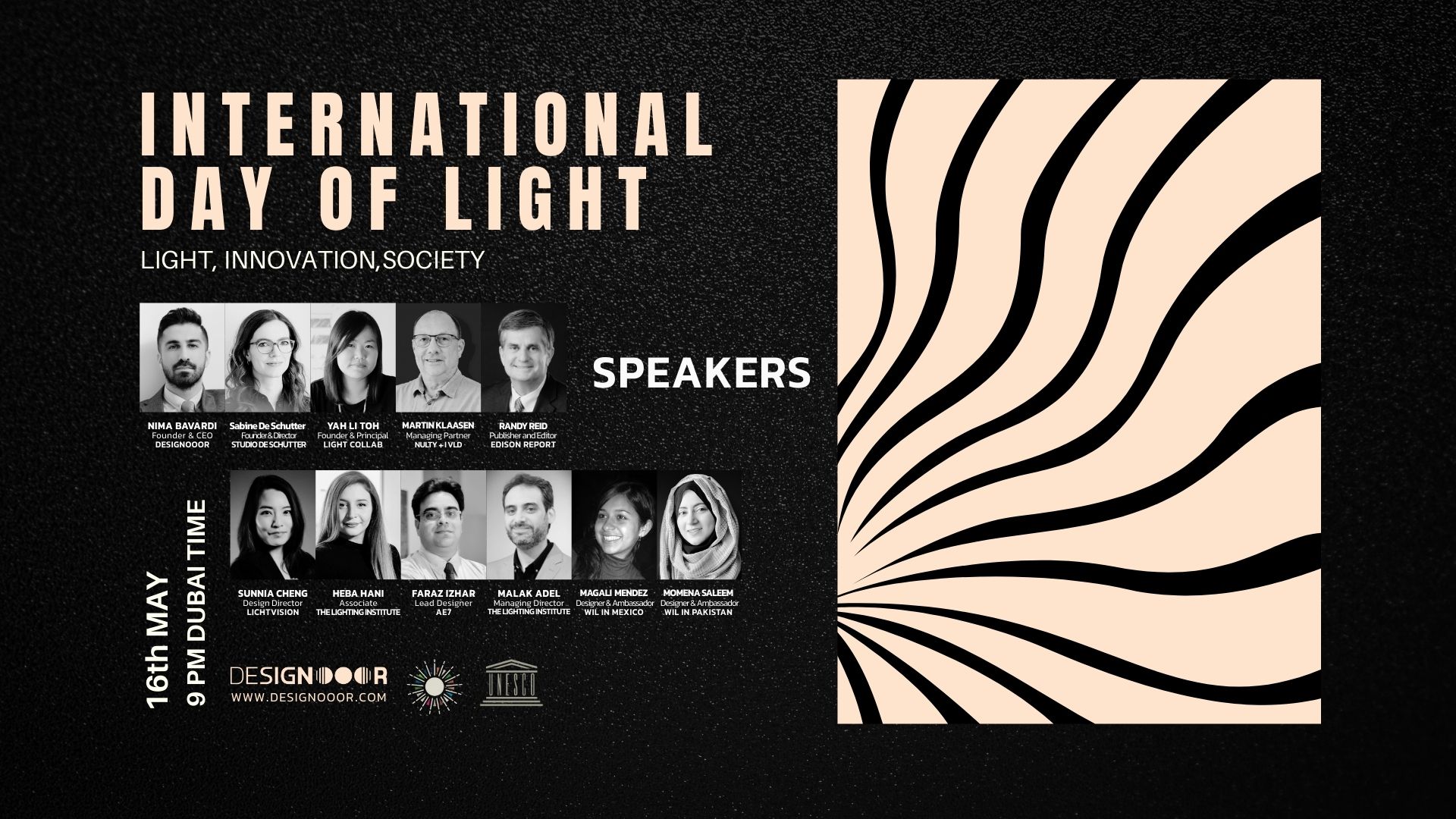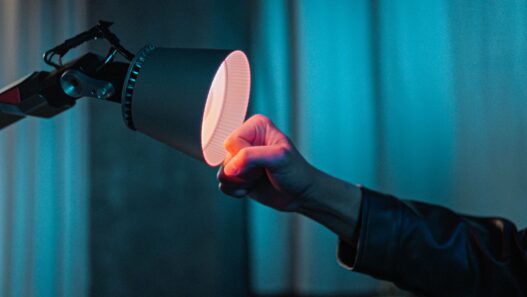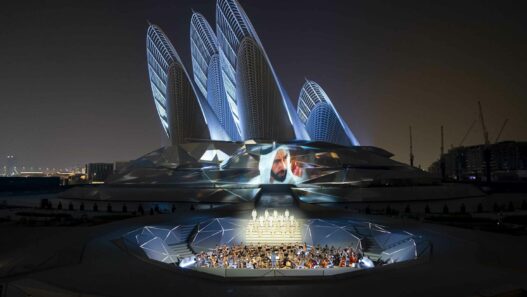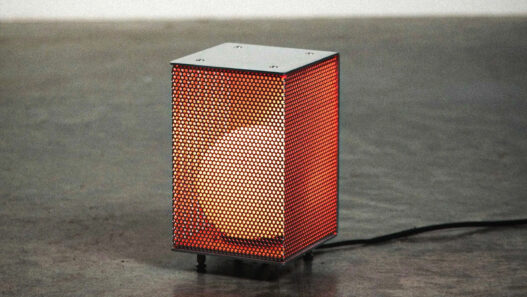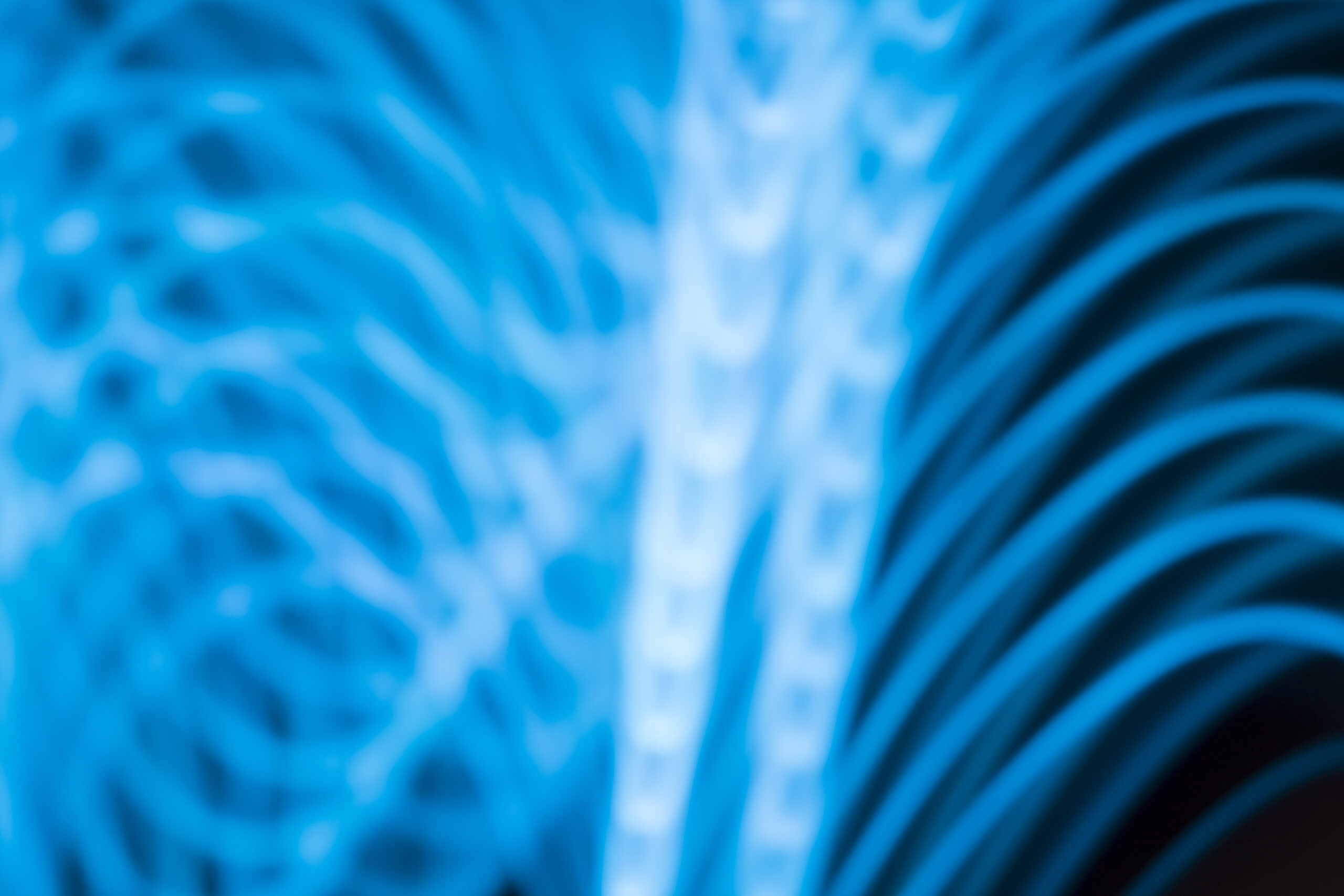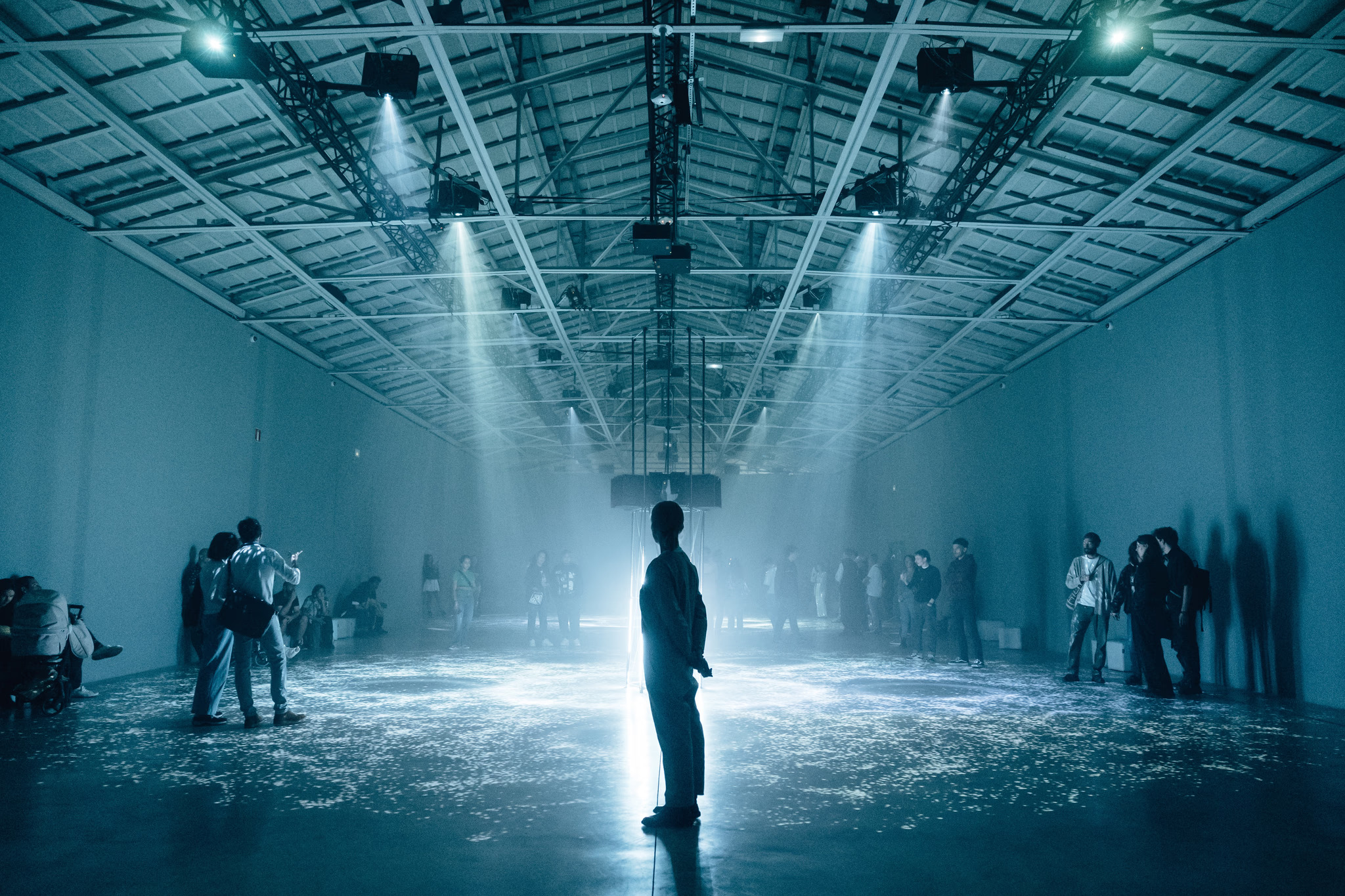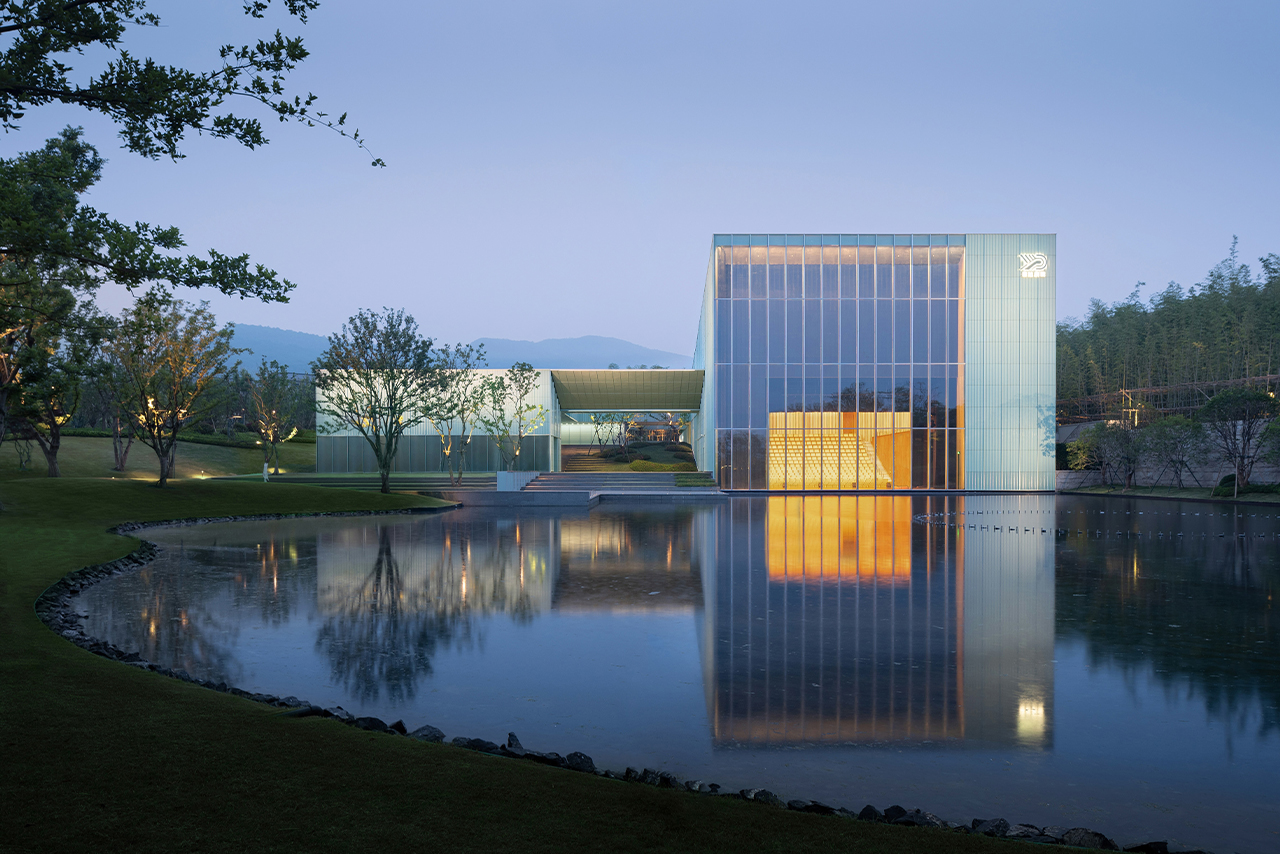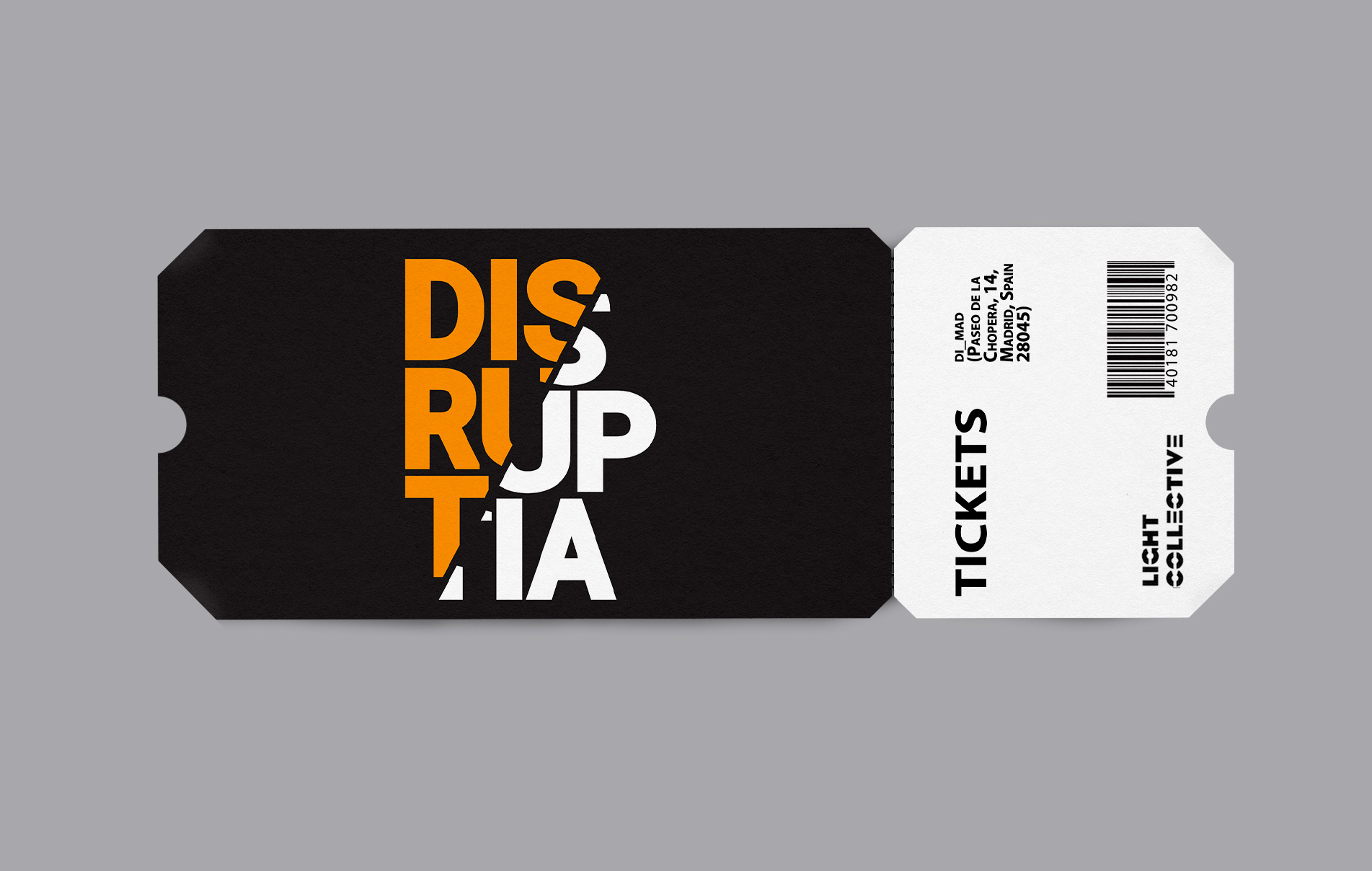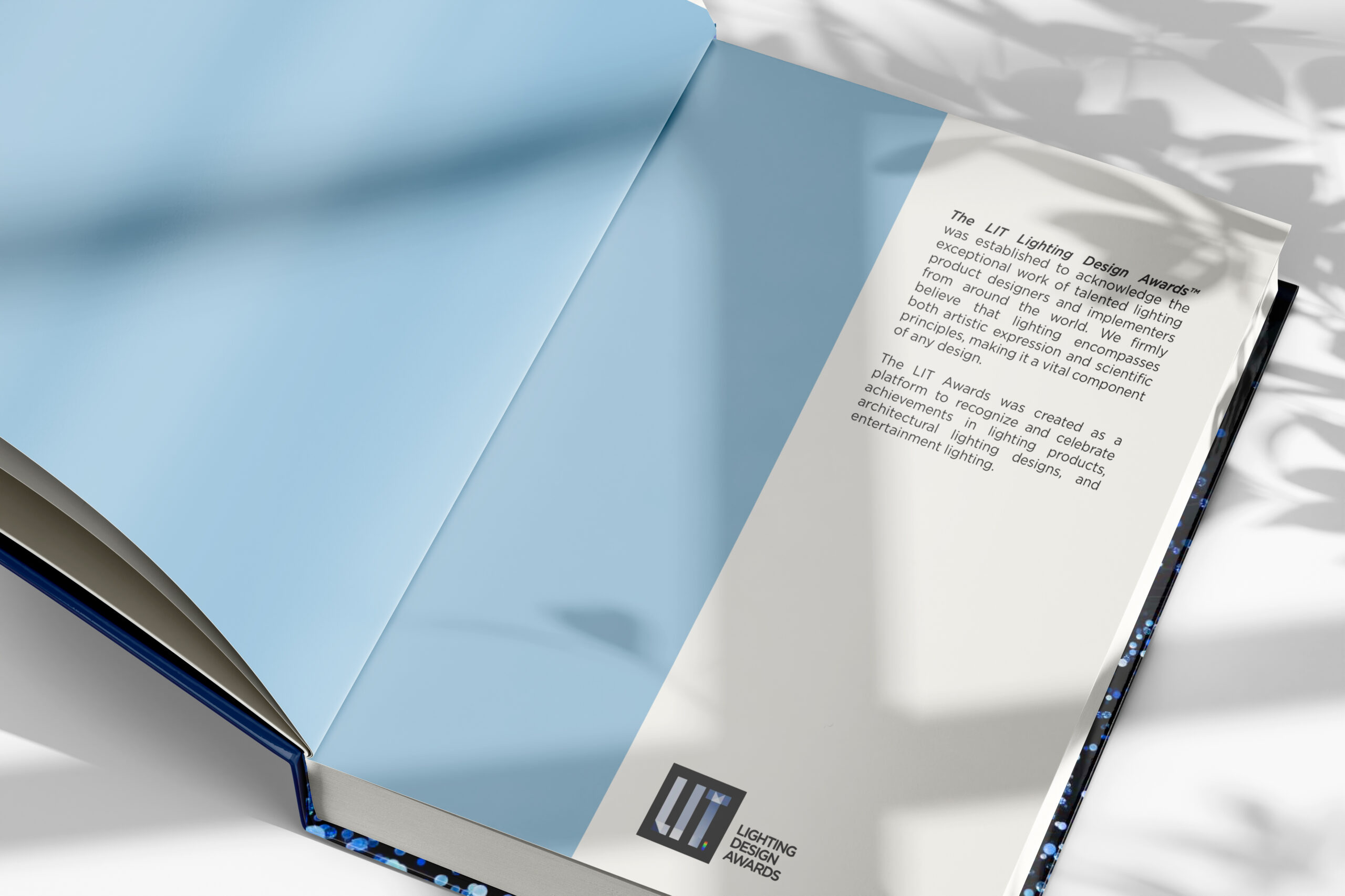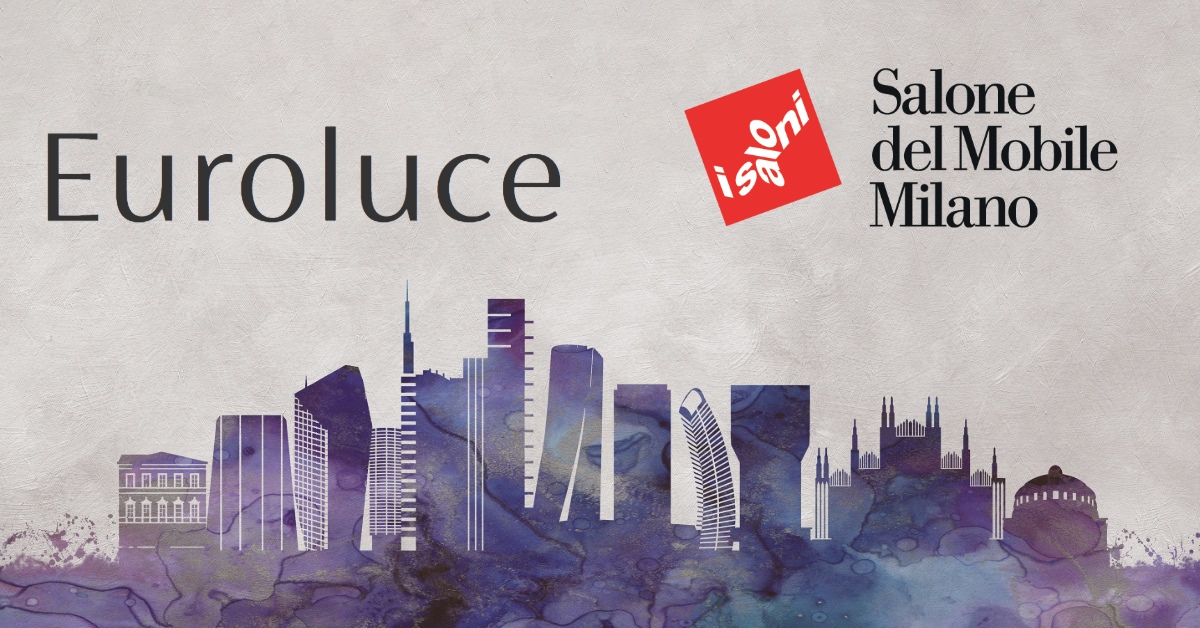A Transformation in Light Quality Assessment: Transition from Ra to Rf
Light is not just a medium for vision but a stream of perception and emotion that must be measured with precision and sensitivity. For years, the Color Rendering Index (CRI, Ra) has been the standard for assessing color quality in light sources. However, its shortcomings have long been a subject of debate among experts. Now, with the release of CIE PS 002:2025, a significant step has been taken toward refining this metric.
Why is Ra No Longer Sufficient?
The Ra index, which has been in use for decades, relies on only eight color samples for its calculation. This limited selection fails to capture the complexities of color perception under various light sources. This shortcoming is particularly evident in LED lighting, where spectral distributions vary widely. As technology advances and the need for greater accuracy in color evaluation grows, it has become clear that Ra does not provide a precise or comprehensive representation of color rendering.
Rf: A New Step in Light Quality Assessment
With the publication of CIE PS 002:2025, the CIE General Color Fidelity Index (Rf) has been introduced as a replacement for Ra. Unlike Ra, Rf evaluates 99 color samples derived from real-world data, ensuring greater accuracy and comprehensiveness. This new index can reveal subtle differences in color rendering and provides a more precise assessment of how light interacts with objects.
Impact of This Change on Lighting Design
For industrial designers, architects, and lighting manufacturers, this transition signifies not just an improvement in color quality assessment but also a gateway to enhanced precision and control. The new Rf-based standards have the potential to elevate lighting design, creating an enriched visual experience and deepening the connection between color and emotion. In environments such as museums, exhibitions, luxury retail spaces, and even healthcare settings, precise color representation directly influences user experience.
A Step Towards the Future
CIE’s recommendation to replace Ra with Rf marks the departure from an outdated approach and the embrace of a brighter future in lighting science. While Ra may still be referenced during a transitional period, the direction is clear: lighting standards, engineering practices, and quality assessment labs will shift towards Rf. This transformation presents an opportunity to create more authentic and natural visual experiences.
Differences Between CRI Ra and CIE Rf in Color Evaluation
One of the most significant changes in color management is the replacement of CRI Ra with CIE Rf. Understanding the differences between these two indices provides a better perspective on color quality and accuracy in light sources.
CRI Ra (Traditional Color Rendering Index):
- Used for years as the global standard for evaluating the color accuracy of light sources.
- Measures the average fidelity of only eight standard colors.
- Often fails to accurately represent subtle and complex color differences.
CIE Rf (New Color Fidelity Index):
- Developed by CIE (International Commission on Illumination) as a replacement for CRI.
- Uses 99 real and diverse color samples, covering a much broader spectrum.
- Provides higher accuracy in detecting color differences and better reflects true lighting quality.
- Unlike CRI, which struggled to assess certain light sources like LEDs, Rf offers a more comprehensive color evaluation.
Advantages of Using CIE Rf
✔ Higher accuracy in simulating natural colors
✔ More reliable for various light sources, including LEDs and professional lighting
✔ Broader color analysis, instead of being restricted to a few specific shades
✔ A significant advancement in color quality assessment, essential for cinematography, photography, and lighting design
CIE continues to research other aspects of color quality, including the Color Preference Index (Rg). A future where light is not just illumination but a bridge between science and art is not far away. Now, it is up to experts, designers, and engineers to embrace this transformation and take a new step toward creating spaces with more authentic colors and deeper perception.
